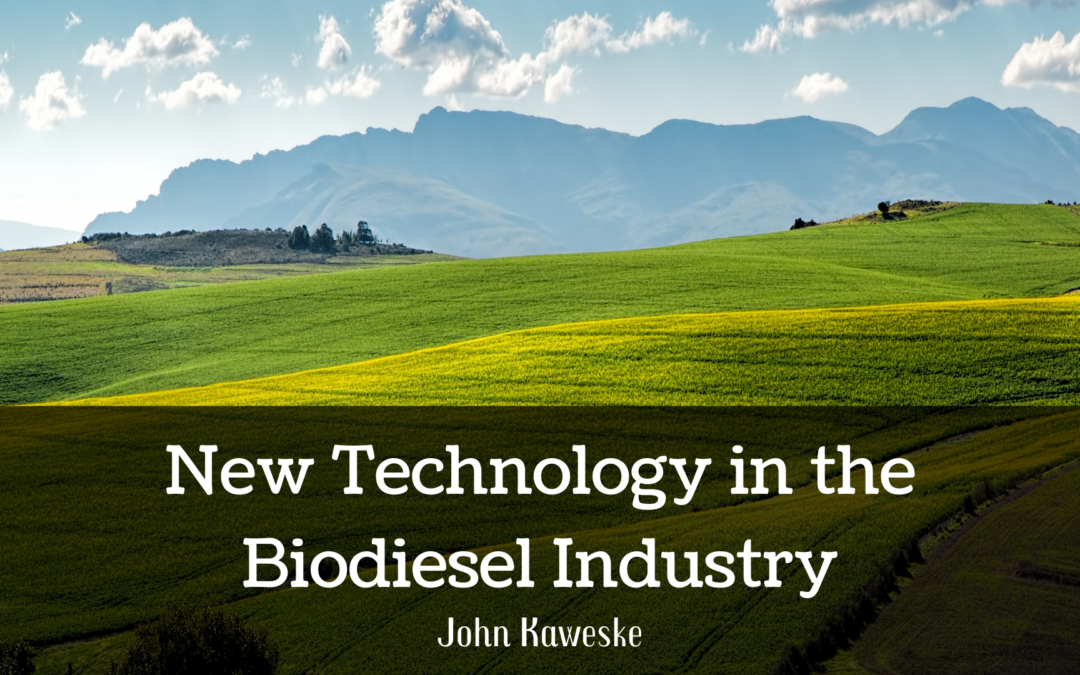The first generation of mass-produced biodiesel used corn or sugarcane to manufacture ethanol. Problems soon arose with this approach, however. Not the least of them was aggressive pushback from environmentalists and others who objected to commandeering food crops as fuel. The process was also inefficient.
That led to second-generation blends known as HVO biodiesel. HVO stands for Hydrotreated Vegetable Oil. This method employs substances like waste oils, such as used cooking grease, and other residual products from food sources that would have been thrown out anyway.
However, developing a better biodiesel is still a hot pursuit. There are many reasons for this, including the need to make biofuels more efficient, less costly to produce, cleaner-burning and noncompetitive with food resources.
One noted effort to build a better biodiesel formula is happening in Scotland. A firm called Celtic Renewables is making a form of biofuel called biobutanol. It uses “pot ale” as a source. This substance, called draff, is the traditional leftover of the whiskey-making process. Draff is used as animal feed, however. That means biobutanol still impinges somewhat on the food sector.
Even so, Celtic Renewables has already been testing its biofuel in cars and claims superior efficiency. It’s the first time biodiesel has been manufactured from whiskey residues.
Another technology is being developed in California by the Greenbelt Resources Corporation. It is using organic waste recycling to produce ethanol. The firm calls it the PRECO project. It employs wastes from breweries and wineries in the Paso Robles, California, area. The company believes the ethanol it makes will solve “certain challenges” in current biofuel manufacturing systems.
Several industry giants, including ExxonMobil, are aggressively pursuing biodiesel blends made from algae. The Lawrence Livermore National Laboratory is also experimenting with algae as a source for next-generation biofuels.
Algae is an abundant aquatic plant that can be either single cellular or multicellular. The important thing is that this ocean and/or freshwater vegetation produces a variety of oils that can be used to create fuels.
A big advantage of algae is that it does not compete with land for growing food crops. Another is that algae has been blooming in unwanted quantities along shorelines as oceans heat up from climate change. Turning it into fuel addresses two problems at once.

